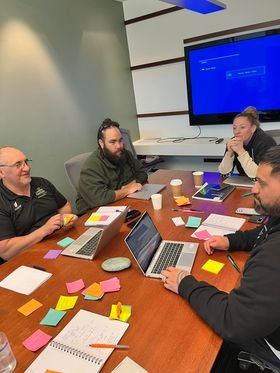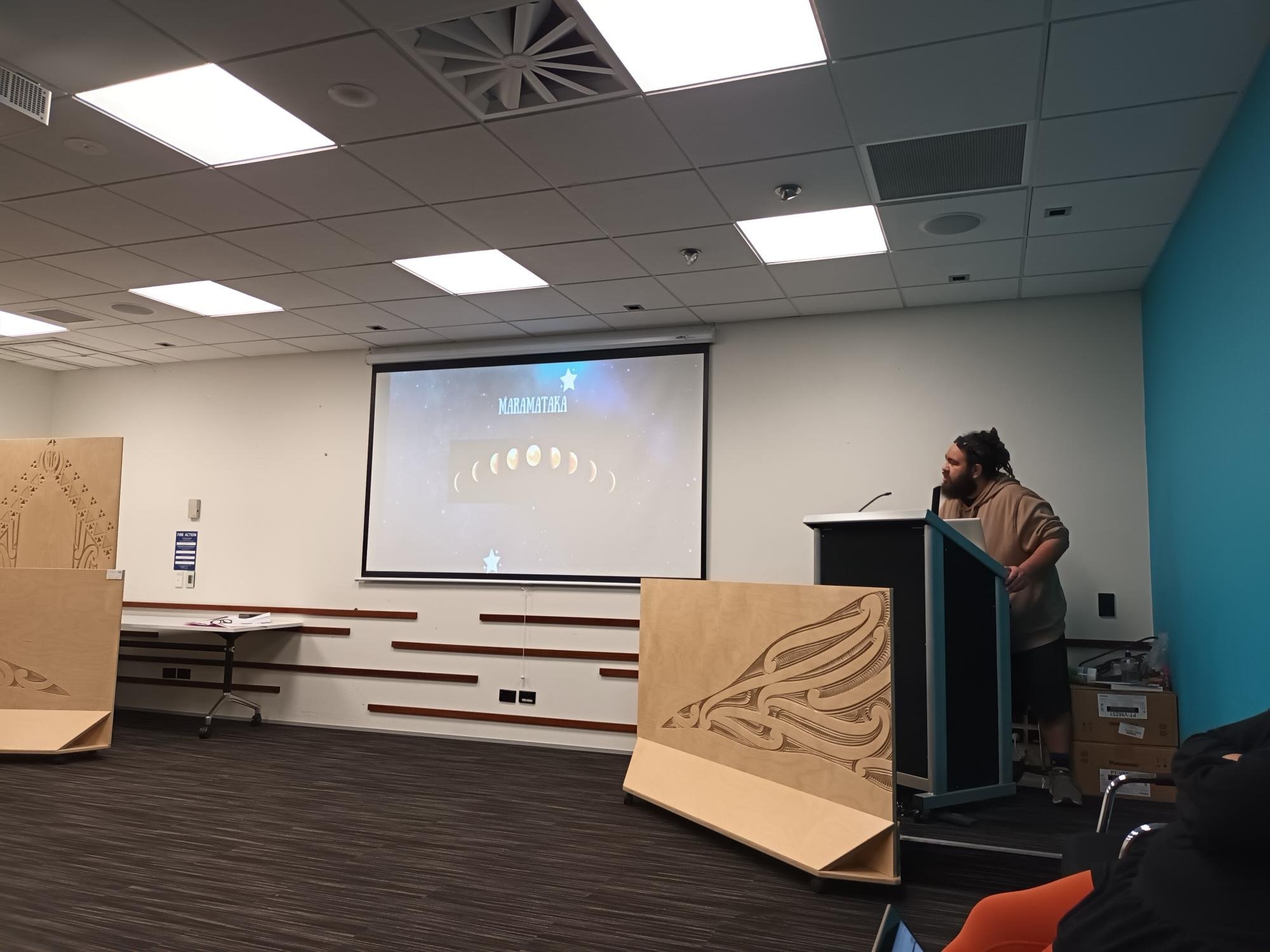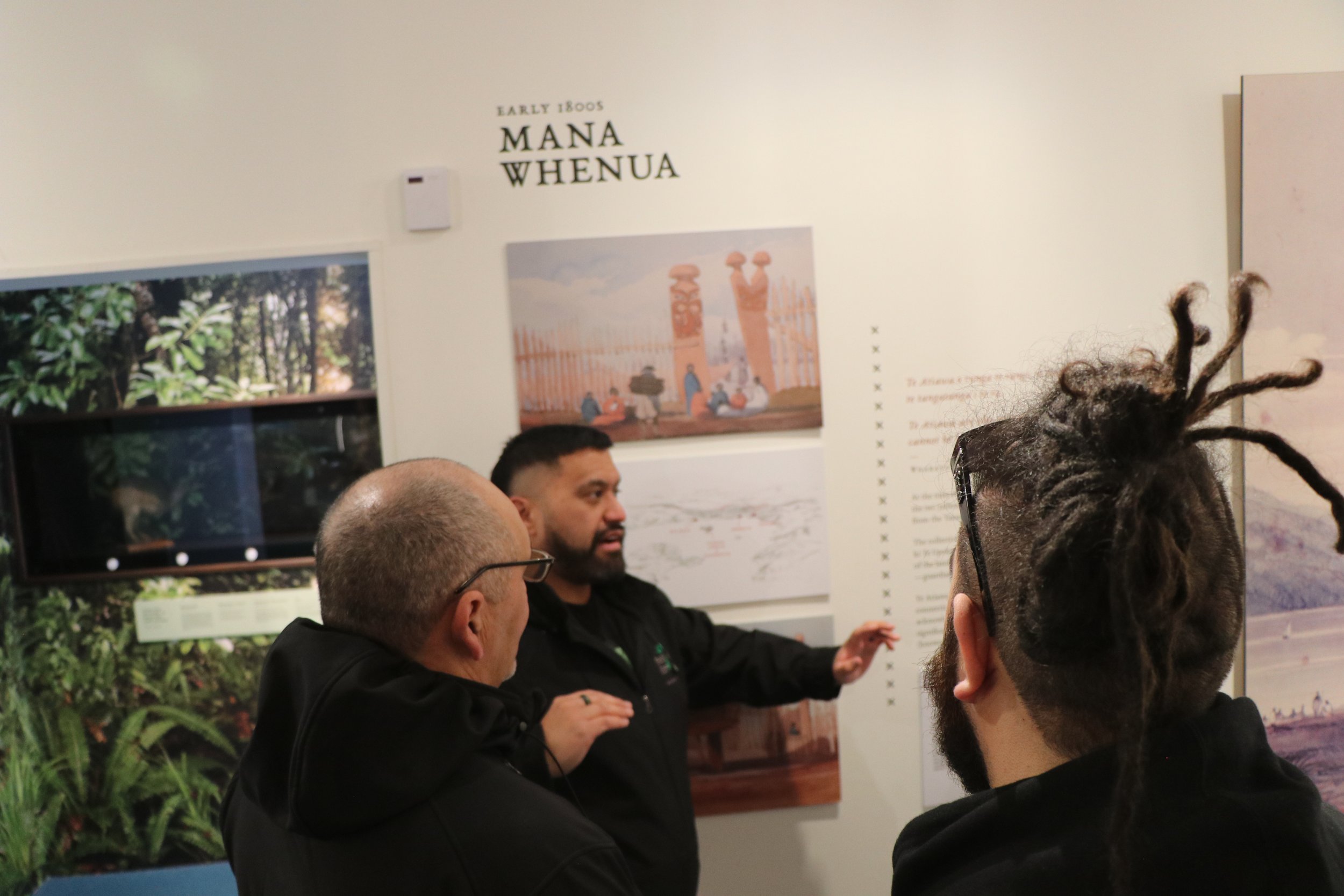We’re building a Māori capable team to create healthy and sustainable environments for Māori, now and beyond
Throughout all the mahi we do, Pae Ora is always kept top of mind. This alignment ensures we have an explicit link in everything we do to enable iwi, hapū and whānau to thrive as Māori and create healthy and sustainable environments to live and raise children in.
Part of this alignment includes building the internal Māori capability of the Healthy Families Hutt Valley (HFHV) kaimahi.
After completing lead provider – Hutt City Council’s nine week Te Ao Māori capability programme, HFHV kaimahi saw the opportunity to create a ‘2.0’ version to maintain the reo and also gain a deeper understanding of mātauranga Māori.
Thanks to HFHV Kaiārahi Māori, Aidan Crawford, the HFHV team are now thirteen classes deep, and have a more advnaced understanding of speaking, listening, reading and writing in te reo Māori. It also organically sparked the team to continue exploring deeper into the history of Te Awa Kairangi and the impact on our hapori Māori today.
Snaps from previous te ao Māori capability classes and local museum visits.
“I enjoy doing the classes together as a team and sharing kōrero around our own understandings. I’m using some new kupu I’ve learned from the classes at home with my whānau. It’s also helped with the additional te reo Māori studies I’m doing outside of mahi” says Systems Innovator, Charlotte Goodall.
Hutt City Council’s Te Tira Māori team recognises the critical value that a strong partnership with mana whenua can bring to building a city where everyone thrives, and HFHV is proud to be supporting this through Aidan, who is building those relationships and capability within Council.
The Te Tira Māori team say Aidan’s contributions have been extraordinary:
“Aidan’s knowledge and qualities have been pivotal to the success of Te Tira Māori’s workplan development and implementation. He’s played a central role in several projects, co-facilitated Hutt City Council’s Te Ao Māori capability programme for staff, actively participated in and facilitated Māori processes for Council, as well as delivering te reo Māori professional development within his own team. These efforts not only enrich our Council but are reflected to our community and align with the core objectives of our mahi.”
Through this depth of understanding, kaimahi Māori are comfortable in te ao Māori environments and more confident to collaborate and coordinate across government agencies to maximise Māori health and wellbeing.
By building a strong Māori workforce, there will be kaimahi that will have a greater depth of mātauranga Māori – that’s the intentional and explicit focus Healthy Families Hutt Valley has to improve Māori health and health equity.
Kupu (words) to put into your kete (basket/kit)
Mahi = work
Kaimahi = worker/staff
Hapori = Community
Mātauranga Māori = Māori knowledge
Whānau = family
Iwi = Tribe




